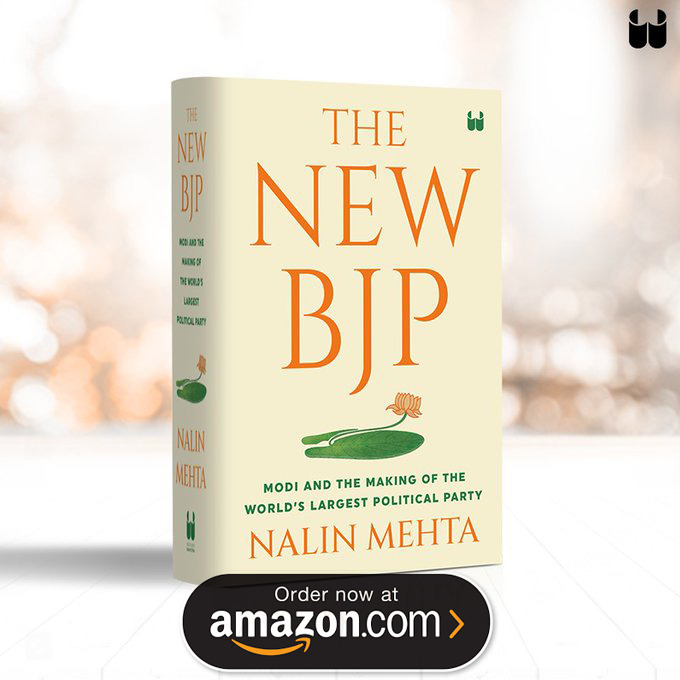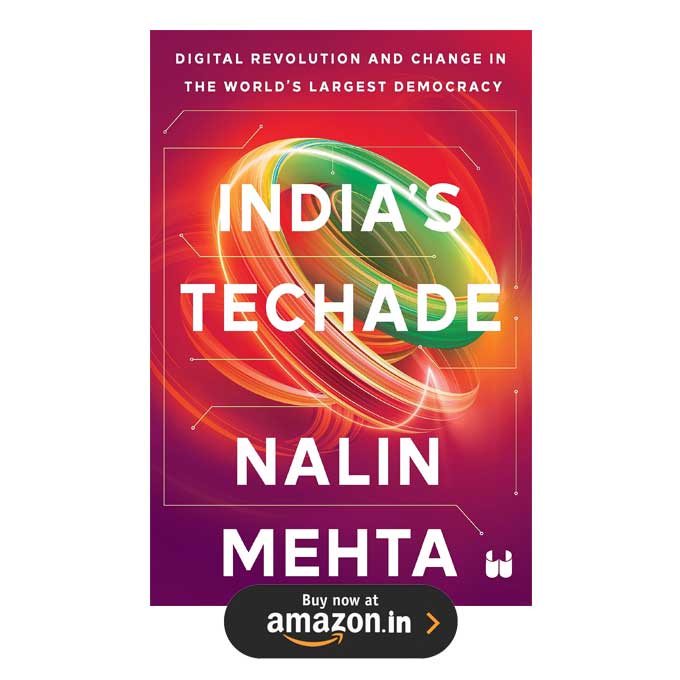They whisper in Gandhinagar’s corridors that Narendra Modi is an early riser. Those who know him say the first thing he does before starting work is to update himself on all the news online. If this is true then Mr. Modi would by now have probably seen Shahla Muzaffar’s telling retort that finding her picture from Azamgarh’s Shibli College plastered over the Gujarat government’s advertisements was a “cruel joke”.
The Gujarat government official fielded to defend the advertisements inadvertently hit upon a cardinal truth of politics when he said the pictures were only meant to be symbolic. Of course they were but there is a reason why they say that a picture speaks louder than a thousand words. The same picture can always be interpreted in multiple ways but when the picture itself is wrong then even that ambiguity is gone. In this case, the symbolism is exactly the reverse of what the Gujarat government intended.
If the Gujarat government cannot find a local Muslim face to put on its pictures then it reveals the sleight of hand implicit in its claims. Symbolism and semantics are at the heart of politics. Nobody knows this better than Mr Modi who fashioned his political imagery in 2002 with the rhetorical device of Gujarati asmita and the clever turn of the double meaning political entendre.
We can argue now about technicalities, blame it on a careless mistake, hoist it on the ad agency. Did the Railways too not make a somewhat similar blunder this year with its advertisement showing Delhi outside the Indian map? The fact is that even if these Gujarat advertisements had the right pictures, their message would still have seemed cynical in Bihar and elsewhere.
The reason lies at the heart of the Modi model itself: hard-headed developmentalism tinged with a certain kind of authoritarianism. Modi is a man who gets things done, who delivers spanking new roads and uninterrupted power. But you do not question him. The elephant in the room is always 2002. As Ashis Nandy argued a couple of years ago, the spectacular development in the state has seemed to justify a Faustian bargain with “amorality, abridgement of freedom, and collapse of social ethics.” Super-conscious about his legacy, Mr. Modi has spent the last eight years largely keeping aloof from the obvious questions about Muslims and 2002. The only exception was his counter-rhetoric on Sohrabuddin in the 2007 election and his assertions that the development of 5 and a half crore Gujaratis includes everyone.
The thing about Modi and India’s Muslims is that there has never been a reconciliatory public gesture. Without such a gesture, to much of liberal India, quoting the Sachar committee’s figures would always seem a bit facetious, given that Gujarat is already one of India’s most industrialized and urbanized states.
The irony is that these advertisements may just have been the start of the first such outreach to redefine Brand Modi, to make him more acceptable to the BJP’s allies.
The backfire has been spectacular. Nitish Kumar’s simultaneous threat to take legal action for another advertisement showing him hand-in-hand with Modi is unprecedented. If a trusted ally of more than a decade and a half cannot stand to be in the same picture frame then it starkly demonstrates the limitations of Brand Modi outside Gujarat.
Nitish Kumar too knows the meanings of symbolism and he has dramatized the moment for his own purposes. He had no qualms in sitting with Mr Modi on an election dais in Ludhiana last year but the permutations of Bihar are different. He has fallen out with his own party president over the Women’s Reservation Bill, he is facing bhumihar dissension from his party ranks and the forward mobilization that propelled him to power last time may be in danger. At such a time, what better way to shore up the Muslim vote in Bihar than to court the TV cameras and attack Mr Modi. And with Rahul Gandhi praising his leadership last year, the tea leaves appear to be moving.
At a time when the BJP is looking for a new direction, Mr Modi remains one of the few real mass leaders among its Gen Next but this latest spat shows that he remains a polarizing figure outside Gujarat. It would need more than advertisements to change that.

